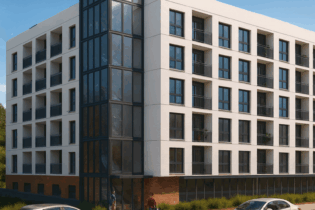Although we know that each province is unique, recent data published by Stats SA provide a portrait of just how special these provincial economies are.
South Africa consists of 9 provinces, namely the Western Cape, Eastern Cape, Northern Cape, North West, Free State, Kwazulu Natal, Gauteng, Limpopo and Mpumalanga. Here are four facts you might not have known about our economic landscape.Gauteng is South Africa’s economic powerhouse
It might be the province with the smallest land area but don’t let Gauteng’s size on a map fool you, economically it packs a punch. Gauteng generated just over a third of South Africa’s gross domestic product (GDP) in 2017, making it the nation’s biggest provincial economy. KwaZulu-Natal came in at second place, being responsible for R16 of every R100 generated by the national economy. Northern Cape was the smallest provincial player. It would reportedly need to multiply its economic output by 17 in order to square up against Gauteng. Gauteng’s economic dominance is not surprising since finance, government, manufacturing, construction and four other industries are heavily represented in the province. Agriculture and mining are the two exceptions. National agriculture production is mostly concentrated in Western Cape and KwaZulu-Natal. The bulk of national mining activity takes place in North West, Mpumalanga and Limpopo.Gauteng’s GDP per capita is double that of Eastern Cape
Not only is Gauteng the province with the largest GDP, but it is also the most populous. Gauteng was home to 14,3 million people in 2017, according to data from Stats SA’s Mid-year population estimates report. The province contributed R1,59 trillion to the country’s GDP of R4,65 trillion (current prices), translating to R111 171 per person.This makes it the top ranking province in terms of GDP per capita, followed by Western Cape and Free State.








